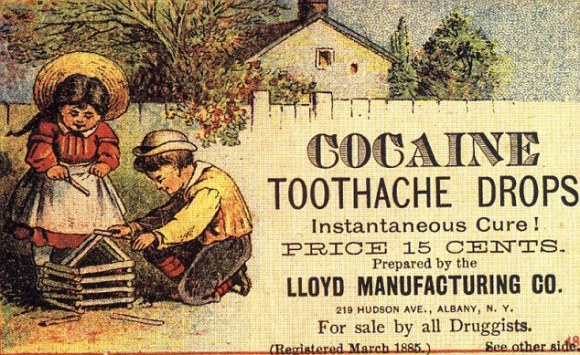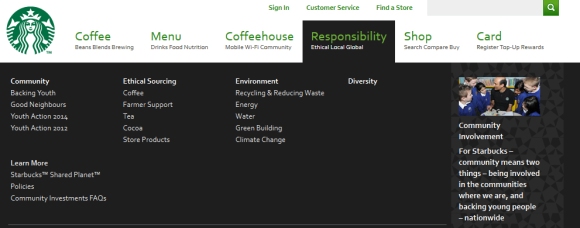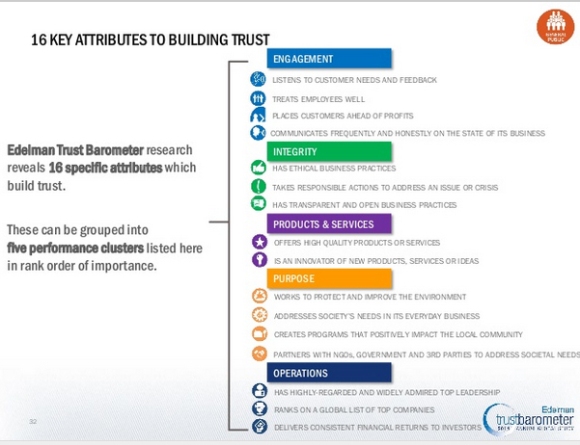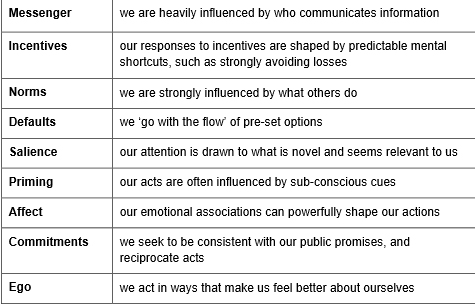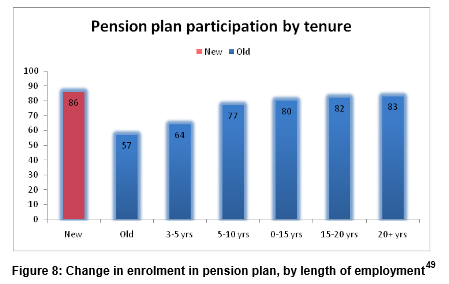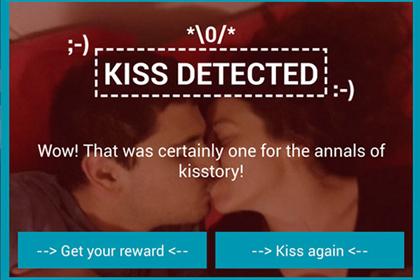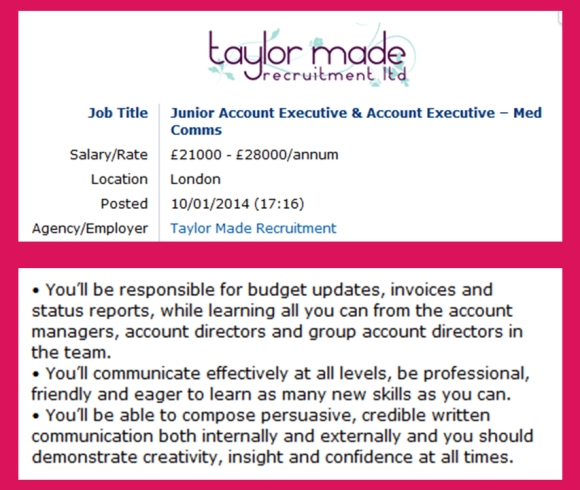Take two imaginary toothpaste brands. Let’s call them Merfect and Perfect (just because Y and X are too boring). The two products have the same ingredients and the same price. You check out their website. The website of Merfect has exclamations like “There is no better toothpaste than Merfect!”, “Our toothpastes are as scientific as spaceships!” and “Merfect will really make your teeth healthy, promise!” Then we have the website of Perfect. It doesn’t have exclamations like that but they have a set of blog posts and downloadable reports about scientific research that they used to produce Perfect. The content tells you what efforts the company has made to make up the perfect toothpaste compound and what kind of research they are working on right now to make it even better. Remember, the two toothpastes are the same and the same research has been done to produce them in their current form. Which toothpaste will you choose? Which toothpaste brand will a journalist ask if they are writing about oral hygiene and they need some quotes from experts? Exactly. Brand Perfect would totally take it all.
Brand Merfect did not lie. All it said was true – okay, maybe not the spaceship. These exclamations, however, do not really work these days. They stink of promotional. In the past, when adverts started to sneak into newspapers, these exclamations or statements really did work. People instantly believed them, since ‘no one would claim something so publicly if it wasn’t true’.
Nowadays, however, we are living in a promotional culture where we are constantly bombarded with promotional messages – everywhere! Try to count the number of promotional messages you face in a day, including TV, radio, newspaper adverts, billboards, ads and marketing posts and ads on social media, taxis, buses, milk bottles etc. You will lose count by 10am! (Unless it’s Sunday. Waking up before 10am on Sundays should be banned anyway.) With the proliferation of consumer products as well as promotional messages, brands face an unprecedented challenge to break through the promotional clutter. This is where PR comes to the picture. PR can make magic and sometimes the magic is called thought-leadership, like in the case of toothpaste Perfect. The website of Perfect is more convincing because it shows evidence that their toothpaste was developed and is being developed based on science. This gives credibility and visibility to the brand and earns trust from consumers as well as journalists (or clients and future employees – the Holmes Report has published a list of best practice thought leadership in PR – it is definitely worth a read!). Thought leadership is an added value and raises the equity of the brand.
Shelley Dunstone, who “helps lawyers have better businesses and more satisfying careers”, summarises well in 3 minutes from where the term thought leadership originates and how someone (or a brand), in any industry, can be a thought leader.
So what does thought-leadership will look like in the future? As there is an increasing need for some kind of thought leadership from brands, there will be a time when it won’t be enough to write a blog or issue reports and white papers as all the brands will be doing it. I think brands will go a step even further and they will not aim to lead thoughts in a specific industry but they will try to own the thoughts. I wouldn’t be surprised, if in a couple of decades our children and grandchildren applied for the University of Colgate, if they wanted to be dentists and for the University of PricewaterhouseCoopers, if they wanted to be actuaries. If they will want to study PR, they will be hesitating between applying to the University of Weber Shandwick and the University of Cohn & Wolfe. They will be able to complete the BA Sustainability degree at the University of Unilever and probably the MA Technological Innovation course at the University of Google will be quite popular.
This is not even that unthinkable concerning there is already a course called The Sociology of Miley Cyrus: Race, Class, Gender and Media at Skidmore College and the Department of Women’s and Gender Studies at Rutgers University is offering a class called Politicizing Beyonce. Although the twerk queen and Sasha Fierce are used to attract young people to the course, brands will attract attention to their expertise by establishing universities. This will happen or call me Nostradamus!


